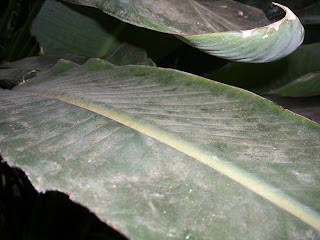I have chosen to refine my project by looking at water, how it moves, the ripples and waves. By studying these aspects i hope to be inspired to produce a piece which has been influenced by these movements, portraying the elegance and beauty. Using ink i hope to better my understanding of the repeated patterns in water.
Study 1: Here placed a splash of ink on a piece of paper, followed by droplets of water to see how they merged together. I also experimented with adding the ink after rather then the water.
> Water first, Ink second
Although i managed to obtain a few images which revealed a pattern, presenting the movement of water, often the ink and water soaked into the page preventing a clear outcome.
Study 2: I decided to add droplets of ink to a cup of water to see how they merged together and the water moves when swirled and shaken. By doing so this eliminated the possibility of the water soaking up.
When I swirled the water, the ink spiralled to the bottom in a circular motion.
When the water was left still the ink sunk to the bottom gently, however, when it hit the bottom it begin to move upwards again, filling the water with the black colour. I love how this outcome produces the feel of growing up towards the top rather then sinking, which is expected.





































